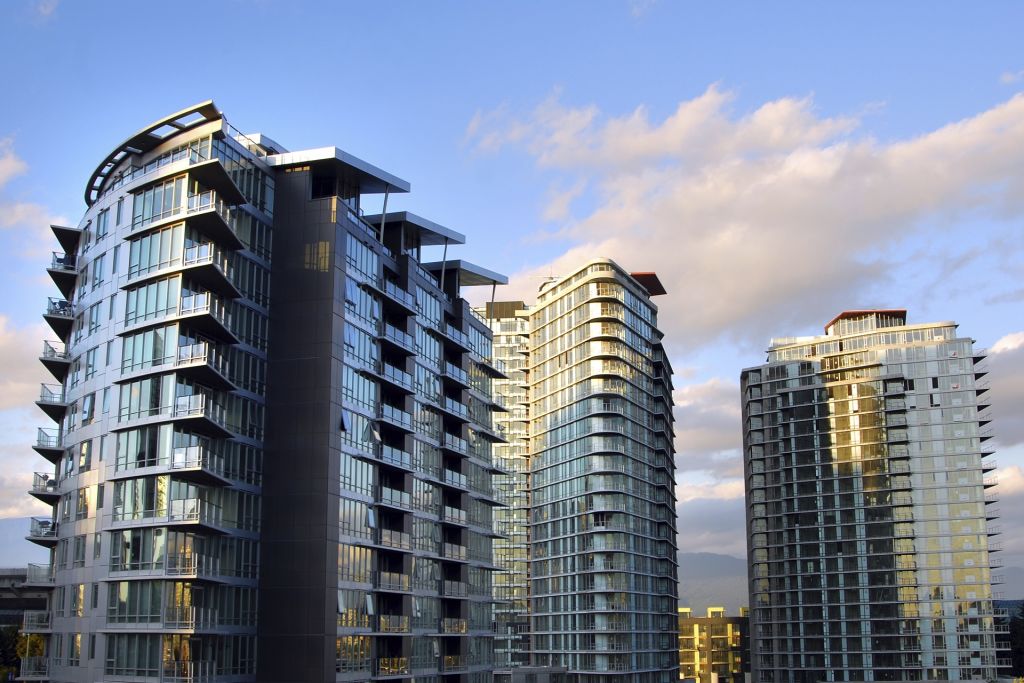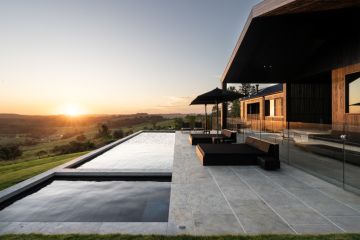The rise of highrises

Most large cities across Australia have seen a growth in highrise developments over the last five to 10 years. According to the Australian Bureau of Statistics, the total number of dwelling units in residential blocks of four or more storeys has doubled from 1412 in September 1994 to 3019 in September 2014. And according to the latest ABS Year Book data, the number of dwelling units approved with four or more storeys in 2010–2011 rose by a significant 70 per cent. That means a lot of construction is planned for the highrise sector.
City snapshot
In Sydney, highrises are becoming the norm for future residential development. In June, The Sydney Morning Herald reported a spike in highrise developments in Sydney, as part of a government approach to build higher-density living near transport hubs. In fact, it was only recently that one Sydney development – One Central Park in Alexandria – was named ‘Best Tall Building in the World’ by the Council on Tall Buildings and Urban Habitat (CTBUH) in Chicago, USA.
In Adelaide, developer Palumbo has been ‘given the green light to build highrise apartments at Kent Town’, according to Adelaide Now. Palumbo is also in early planning for a 1200-home subdivision at Dublin, north of Adelaide, among other multi-storey developments.
Melbourne’s attitude to highrise planning is no different. Victorian Minister for Planning Matthew Guy was recently quoted in The Sydney Morning Herald saying that Melbourne is in the midst of the biggest building boom ‘since the gold rush’. Mr Guy, who has the power to reject or approve construction projects of over 25,000 square metres, told SMH that he has approved 90 buildings within the city area since coming to office in 2010. And no wonder, for the benefits of highrise living have stretched far and wide.
Sky-high benefits
From a government planning perspective, the upside is clear: higher-density living to accommodate an increased population and usage of existing amenities, such as transport. For architects, developers and investors, it means attracting multiple investors to projects that push the ceiling when it comes to style, location, attractions and profits. And for residents, it means easy, secure and convenient living coupled with lifestyle benefits such as transport, shops, restaurants and cafes – all at your doorstep.
The downside
Like every high-density–living solution, there are drawbacks, and high-rises are no different. The main concerns in the community are about health issues from living within densely populated areas. Air pollution, noise, overall aesthetic and other factors need to be taken into consideration.
For example, residents at Yaroomba on the Sunshine Coast have started a petition against a new development, fearing that the development will be too invasive and comprise 2300 apartments, 300 villas, a 450-room, 12-storey hotel and 35,000 m2 of retail space.
Many developers are, however, on the front foot when it comes to environmental issues, and employ strategies to reduce the impact such towering complexes may have on the environment and existing facilities. Savills employed a number of strategies with its 30-storey commercial tower at 1 Bligh Street, Sydney, including a dual glass skin designed to provide excellent indoor environment quality.
Another concern is that with too many highrises on the market, they may be overvalued for homebuyers. Canberra Times reported that REIWA recently warned homebuyers about this issue regarding developments in and around Perth.
As city populations grow, we can expect to see more highrises over the next five to 10 years. If you’re looking to buy a highrise apartment for investment or lifestyle purposes, take your time, do your research and assess the impacts on market growth. Invest wisely, and you could be smiling from great new heights.
We recommend
States
Capital Cities
Capital Cities - Rentals
Popular Areas
Allhomes
More







